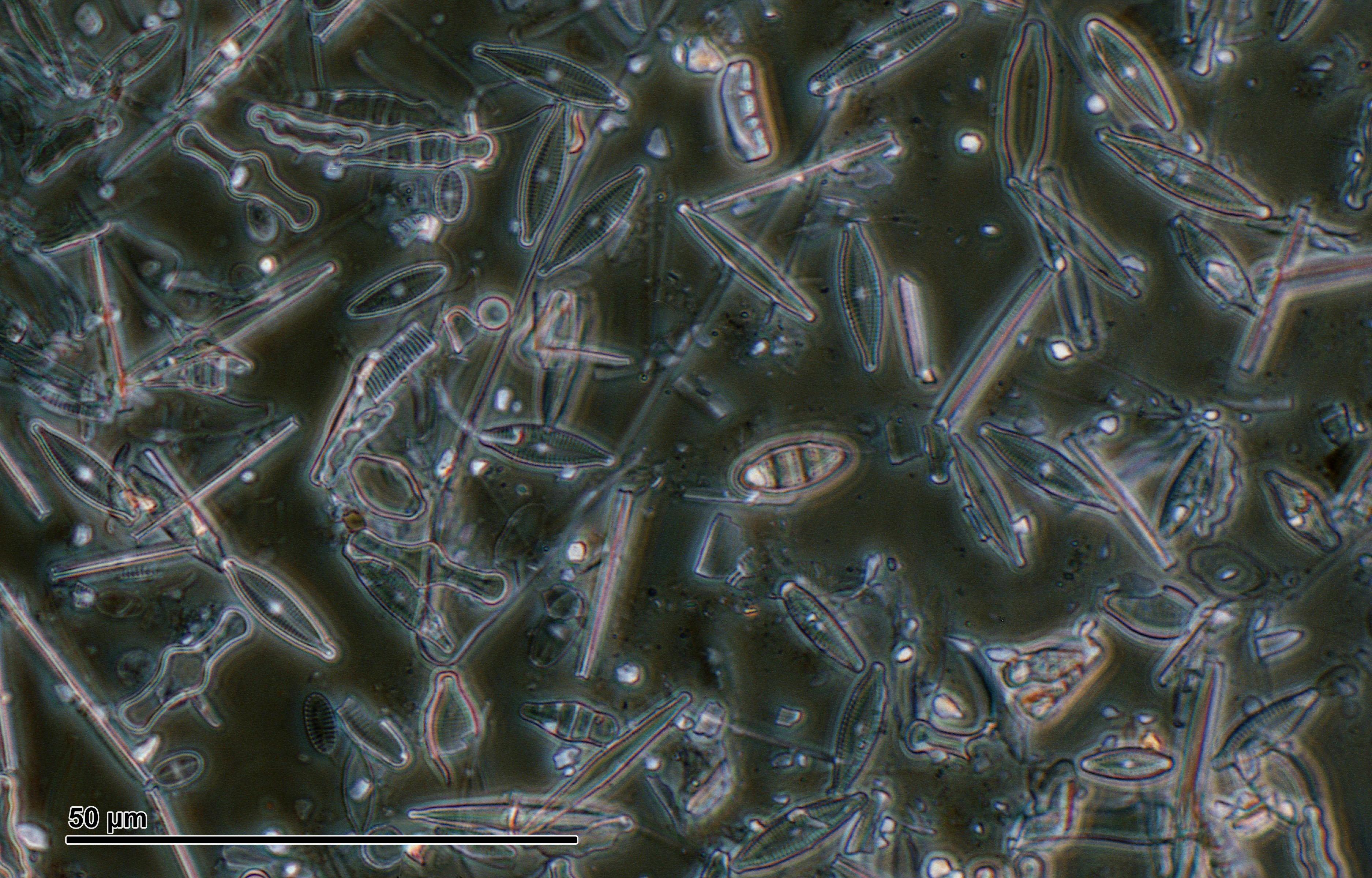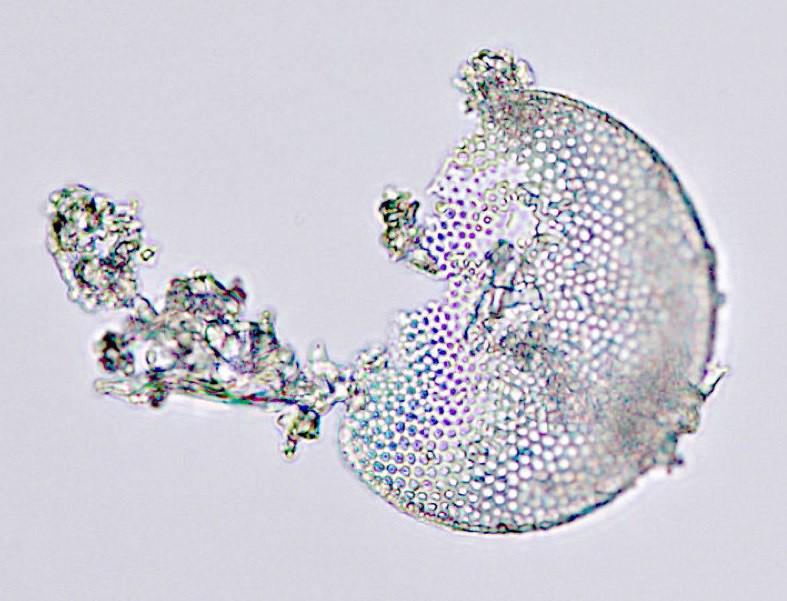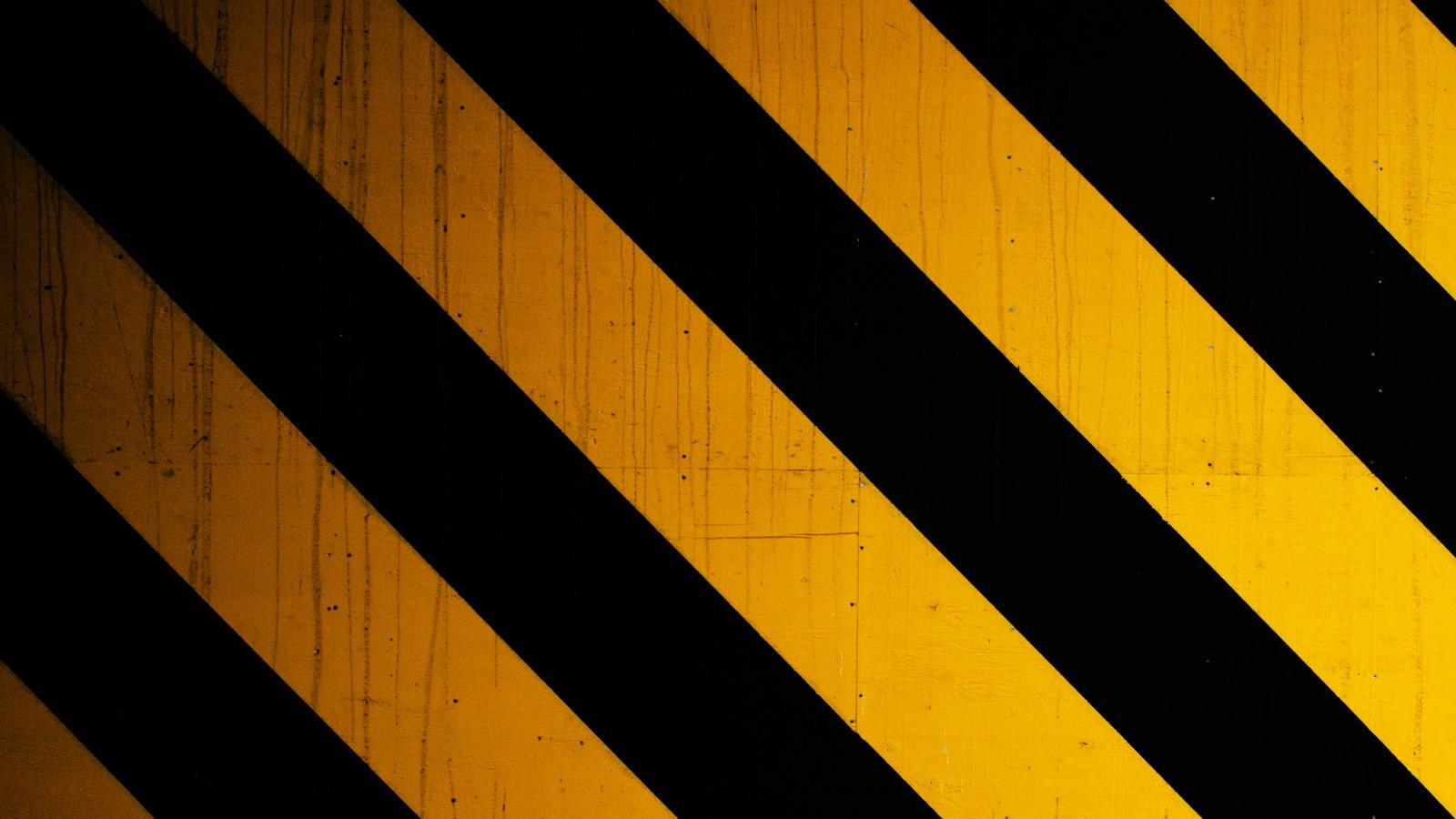
Diatomaceous Earth, a natural and versatile substance derived from fossilized algae, has gained recognition for its wide range of practical applications. Whether you’re seeking a safe and eco-friendly insecticide for your garden or looking to enhance your skincare routine, diatomaceous earth might hold the solution you’ve been searching for. In this article, we’ll delve into the various uses and benefits of diatomaceous earth, providing invaluable insights to unleash the full potential of this remarkable mineral compound. From gardening enthusiasts to health-conscious individuals, understanding how to utilize diatomaceous earth effectively will undoubtedly open doors to a multitude of possibilities.
Introduction to Diatomaceous Earth
Diatomaceous Earth, also known as DE, is a natural and versatile substance that has been used for centuries due to its numerous benefits. From pest control to skincare, this fine powder derived from fossilized diatoms offers a multitude of uses. In this article, we will guide you on how to effectively use diatomaceous earth in different applications.
Garden Pest Control: Diatomaceous earth is a powerful tool to keep your garden free from unwanted pests without resorting to harmful chemicals. Sprinkle a thin layer of DE around the base of your plants or directly onto the leaves. The tiny abrasive particles will dehydrate and pierce the exoskeletons of insects, causing them to perish. Be sure to reapply after rain or watering to maintain its effectiveness.
Household Insect Repellent: Say goodbye to creepy-crawlies invading your home! Diatomaceous earth can be utilized as a natural pest control method inside your house. Apply a light dusting near entry points, such as doors and windowsills, to create a barrier that deters ants, cockroaches, and other common pests.
Flea and Tick Control: Keep your furry friends and your home safe from the annoyance of fleas and ticks with the help of diatomaceous earth. Gently rub a small amount into your pet’s fur or sprinkle it onto their bedding. The sharp microscopic edges will efficiently eliminate these pesky parasites by dehydrating them.
Face and Body Exfoliant: Looking for a gentle and eco-friendly exfoliator? Look no further than diatomaceous earth! Create a paste by mixing DE with water or your favorite carrier oil. With its fine texture, it effectively removes dead skin cells, revealing a healthier complexion. Remember to be gentle during application to avoid irritation.
Odor Absorbent: Diatomaceous earth is a fantastic odor absorber, making it an ideal solution for eliminating unpleasant smells in various areas of your home. Place DE in a small dish or sprinkle it directly onto carpeting, pet beds, or other odor-prone surfaces. It will help soak up the odors, leaving your space fresher and more enjoyable.
Remember, when using diatomaceous earth, always opt for food-grade quality. Avoid inhaling the dust and use protective gear when necessary. With its multitude of uses, diatomaceous earth is a safe and eco-friendly alternative to various chemical-laden products. Incorporate this versatile substance into your daily routine and experience firsthand its numerous benefits.

Benefits of Using Diatomaceous Earth for Pest Control
Diatomaceous earth is a natural and effective method to control pests in your home and garden. Here are some of the key :
1. Safe and Non-Toxic: Unlike chemical pesticides, diatomaceous earth is safe to use around people and pets. It is made up of the fossilized remains of tiny aquatic organisms called diatoms. These microscopic fossils have sharp edges that act as tiny razor blades, cutting through the protective exoskeleton of insects, such as ants, cockroaches, and fleas. This makes diatomaceous earth an excellent choice for those looking for a natural alternative to harmful chemicals.
2. Effective Against a Wide Range of Pests: Diatomaceous earth is effective at controlling a variety of pests, including crawling insects, bed bugs, and even larger pests like rodents. Its abrasive nature causes dehydration and eventual death to insects and other pests. By simply sprinkling diatomaceous earth in problem areas, you can effectively eliminate these unwanted invaders without resorting to toxic chemicals.
3. Long-Lasting Protection: Diatomaceous earth has a long-lasting effect, providing ongoing pest control for up to several weeks. Once applied, it remains effective as long as it remains dry. This makes diatomaceous earth a cost-effective solution, as you won’t need to constantly reapply it to maintain its efficacy.
4. Environmentally Friendly: Diatomaceous earth is an environmentally friendly pest control option. It does not contaminate soil, water, or air, making it an eco-conscious choice for those who want to minimize their impact on the environment. Additionally, its natural composition means that it will break down over time without causing harm.
5. Versatile and Easy to Use: Diatomaceous earth can be used both indoors and outdoors, making it a versatile pest control tool. It can be applied directly to areas where pests frequent, such as cracks, crevices, and along baseboards. It can also be mixed with water and sprayed onto plants to protect them from chewing insects. Its fine powder texture makes it easy to distribute and apply, ensuring thorough coverage.
| Pest Type | Diatomaceous Earth Application |
|---|---|
| Ants | Sprinkle diatomaceous earth near ant trails and entry points. |
| Bed Bugs | Apply diatomaceous earth to cracks, crevices, and other hiding places. |
| Fleas | Sprinkle diatomaceous earth on carpets and pet bedding. |
| Rodents | Create a barrier by spreading diatomaceous earth around the perimeter of your home. |
Overall, diatomaceous earth is an excellent option for anyone looking for a safe, effective, and environmentally friendly way to control pests. Its versatility and long-lasting protection make it a valuable tool in the fight against unwanted insects and rodents.

Step-by-Step Guide to Applying Diatomaceous Earth Safely
When it comes to natural remedies for pest control, diatomaceous earth is definitely a powerful tool to have in your arsenal. This incredible substance is made from the fossilized remains of diatoms, a type of algae. Diatomaceous earth has a wide range of applications, from gardening and agriculture to home pest control. However, it’s essential to use it safely and effectively to ensure the best results. In this step-by-step guide, we’ll walk you through the process of applying diatomaceous earth safely.
Step 1: Choose the Right Type of Diatomaceous Earth
Before you begin, make sure you have the right type of diatomaceous earth for your specific needs. There are two main categories: food grade and industrial grade. For pest control purposes, it’s crucial to use food-grade diatomaceous earth. This type is safe for humans and animals, making it ideal for use indoors and in areas where you have pets or children.
Step 2: Identify the Problem Areas
Next, identify the areas where you’re dealing with pests. Diatomaceous earth is particularly effective against crawling insects like ants, bed bugs, and cockroaches. It can also deter slugs and other garden pests. Create a list of problem areas, such as cracks, crevices, and entry points. This will help you target those areas more effectively when applying the diatomaceous earth.
Step 3: Apply Diatomaceous Earth
Using a dust applicator or a powder dispenser, apply a thin layer of diatomaceous earth to the problem areas. Be sure to wear gloves and a face mask to protect yourself from inhaling the fine particles. You can also use a brush or a broom to spread the powder evenly. Avoid using excessive amounts as it might reduce its effectiveness. Remember, diatomaceous earth works by damaging the exoskeleton of insects, causing dehydration and eventual death.
Step 4: Monitor and Reapply as Needed
After applying diatomaceous earth, keep an eye on the treated areas. Monitor the pest activity and observe any changes. If necessary, reapply the powder every few days to maintain its effectiveness. Remember that diatomaceous earth is not an instant solution and may take time to eliminate the pests completely. Continued application will ensure long-term control.
Step 5: Clean Up and Safety Precautions
Once you’ve achieved the desired results, it’s important to clean up the diatomaceous earth properly. Use a vacuum cleaner or a damp cloth to remove any residue. Make sure to dispose of the collected material in a sealed bag. Keep in mind that diatomaceous earth should be stored in a cool, dry place away from moisture. Also, always follow the instructions and safety precautions outlined on the product label to ensure your well-being.

Important Precautions and Considerations When Using Diatomaceous Earth
When it comes to pest control, diatomaceous earth (DE) has become a popular choice for many people due to its natural properties. While DE is generally safe to use, it is important to take certain precautions and considerations to ensure effective and safe use. Here are some important things to keep in mind:
1. Wear Protective Gear: DE, although non-toxic, can be irritating to the skin, eyes, and respiratory system. It is recommended to wear gloves, safety goggles, and a mask while applying it to minimize any potential discomfort. Safety should always be a top priority!
2. Choose the Right Type: DE is available in two forms: food grade and filter grade. Food grade DE is safe for use around humans and animals, making it ideal for pest control within living spaces. On the other hand, filter grade DE is primarily used for filtration purposes and may contain harmful additives. It is crucial to select food grade DE when using it for pest control.
3. Use in Dry Conditions: DE works best in dry environments as it loses its effectiveness when it gets wet. Before application, make sure the targeted area is dry to maximize the pest-controlling properties of DE. Moisture will reduce its ability to kill insects, so keep that in mind when considering its usage.
4. Apply Strategically: While DE can be an effective pest control measure, it is important to apply it strategically. Avoid dusting DE indiscriminately around your home, as it can cause unnecessary mess and pose a risk of inhalation. Instead, focus on areas where pests are likely to hide or frequent, such as cracks, crevices, and entry points.
| Important Tips: |
|---|
| Always store DE in a dry and airtight container. |
| Keep DE away from children and pets, ensuring they do not come into direct contact with it or accidentally ingest it. |
| Regularly check and replace DE if it becomes wet or clumpy. |
5. Monitor and Reapply: Diatomaceous earth is not a one-time solution. Regular monitoring of the treated areas is necessary to assess its effectiveness. If pests persist or return, consider reapplying DE to ensure continual control and protection against unwanted insects.
By following these important precautions and considerations, you can utilize diatomaceous earth effectively for pest control, ensuring a safe and pest-free environment within your home.

Alternative Uses of Diatomaceous Earth for Home and Health
Benefits of Using Diatomaceous Earth at Home
If you’ve never heard of diatomaceous earth before, you’re missing out on a versatile and eco-friendly product that can be beneficial for various uses around your home and for your health. Diatomaceous earth is a naturally occurring sedimentary rock that consists of fossilized remains of diatoms, a type of tiny aquatic plant. Here are some alternative uses of diatomaceous earth that you might find useful:
<h3>Pest Control</h3>
<p>Diatomaceous earth can be an effective and natural way to keep pests at bay. Its abrasive texture pierces the exoskeletons of insects like ants, fleas, and bedbugs, causing them to dehydrate and die. Simply sprinkle a thin layer of diatomaceous earth in areas where you suspect pests are present, such as cracks, crevices, and around entry points.</p>
<h3>Deodorizer</h3>
<p>Do you have stubborn odors lingering in your home? Diatomaceous earth can help eliminate unwanted smells. Its porous nature allows it to adsorb and neutralize odors, making it a great option for eliminating musty smells in basements, pet odors, or even pungent smells left behind after cooking.</p>
<h3>Gardening Aid</h3>
<p>Diatomaceous earth is beneficial for your garden too. It can help control garden pests without the need for harsh chemicals. Sprinkle a light layer around plants vulnerable to snails, slugs, and other pests. However, ensure that the diatomaceous earth is not directly touching the plants to avoid damaging them.</p>
<h3>Internal Health Support</h3>
<p>While food-grade diatomaceous earth is not a miracle cure, some people believe it can promote internal health. It is rich in silica, which is believed to be beneficial for hair, skin, and nails. However, it's important to consult with a healthcare professional before using diatomaceous earth for internal consumption.</p>
<h3>Pool Filtration</h3>
<p>You may not know this, but diatomaceous earth is commonly used in pool filtration systems. Its tiny particles act as efficient filters, capturing debris and contaminants, and keeping your pool water clean and clear. It's an excellent alternative to traditional sand filters for swimming pools.</p>Q&A
Q: What is diatomaceous earth?
A: Diatomaceous earth is a naturally occurring sedimentary rock created from the fossilized remains of diatoms, which are tiny aquatic organisms. It is typically used in various industries, including agriculture, skincare, pest control, and cleaning.
Q: How does diatomaceous earth work?
A: Diatomaceous earth works by dehydrating and mechanically damaging the exoskeletons of insects or pests. The microscopic sharp edges of the diatoms in the earth make it an effective means of controlling pests.
Q: Is diatomaceous earth safe to use?
A: Yes, diatomaceous earth is generally considered safe to use, but it is essential to use the appropriate grade relative to your intended use. Food-grade diatomaceous earth is non-toxic and safe for humans and animals when used correctly. However, the non-food grade variety should not come into contact with skin or be ingested.
Q: How can diatomaceous earth be used in gardening or agriculture?
A: In gardening or agriculture, diatomaceous earth can be used as a natural insecticide to control pests such as aphids, mites, slugs, and beetles. It can be applied to plant leaves or sprinkled around the base of plants to form a barrier.
Q: Can diatomaceous earth be used for household pest control?
A: Yes, diatomaceous earth can effectively control household pests such as ants, cockroaches, fleas, and bed bugs. Simply apply it in areas where these pests are commonly found, like cracks, crevices, or underneath appliances.
Q: How can diatomaceous earth be used for personal care?
A: Diatomaceous earth can be used in various personal care products like facial scrubs, toothpaste, and deodorants. It acts as an exfoliating agent and can help absorb excess oil and impurities from the skin.
Q: How is diatomaceous earth used for filtering purposes?
A: Due to its porous nature, diatomaceous earth is commonly used as a filtration medium in swimming pools, aquariums, and even in some winemaking or brewing processes. It effectively traps and removes particles from liquids.
Q: What precautions should be taken when using diatomaceous earth?
A: It is advisable to wear gloves and a mask when handling diatomaceous earth, especially the non-food grade variety. This is to prevent inhalation or skin irritation. Additionally, always follow the instructions provided by the manufacturer.
Q: Is diatomaceous earth environmentally friendly?
A: Yes, diatomaceous earth is considered environmentally friendly as it is a natural substance that doesn’t contain harmful chemicals or additives. It is safe for the environment and can biodegrade over time.
Q: Are there any limitations to using diatomaceous earth?
A: Diatomaceous earth is ineffective when wet, so it is essential to reapply it after rain or watering. Also, keep in mind that it may not offer immediate results in pest control; repeated applications may be necessary to achieve desired outcomes. In conclusion, diatomaceous earth is a versatile and natural substance that can be used for a variety of purposes. Whether you’re looking to control pests, enhance your garden, or improve your overall well-being, this fossilized silica powder has proven to be an effective and safe solution. By following the guidelines mentioned in this article, you can make the most out of diatomaceous earth and harness its incredible benefits. Remember to always handle it with care, avoid inhalation, and keep it away from moisture to maintain its efficacy. With a little knowledge and the right techniques, you can easily incorporate diatomaceous earth into your daily routine and reap its numerous advantages. So, why not give it a try and experience the wonders of this natural and remarkable substance for yourself?






